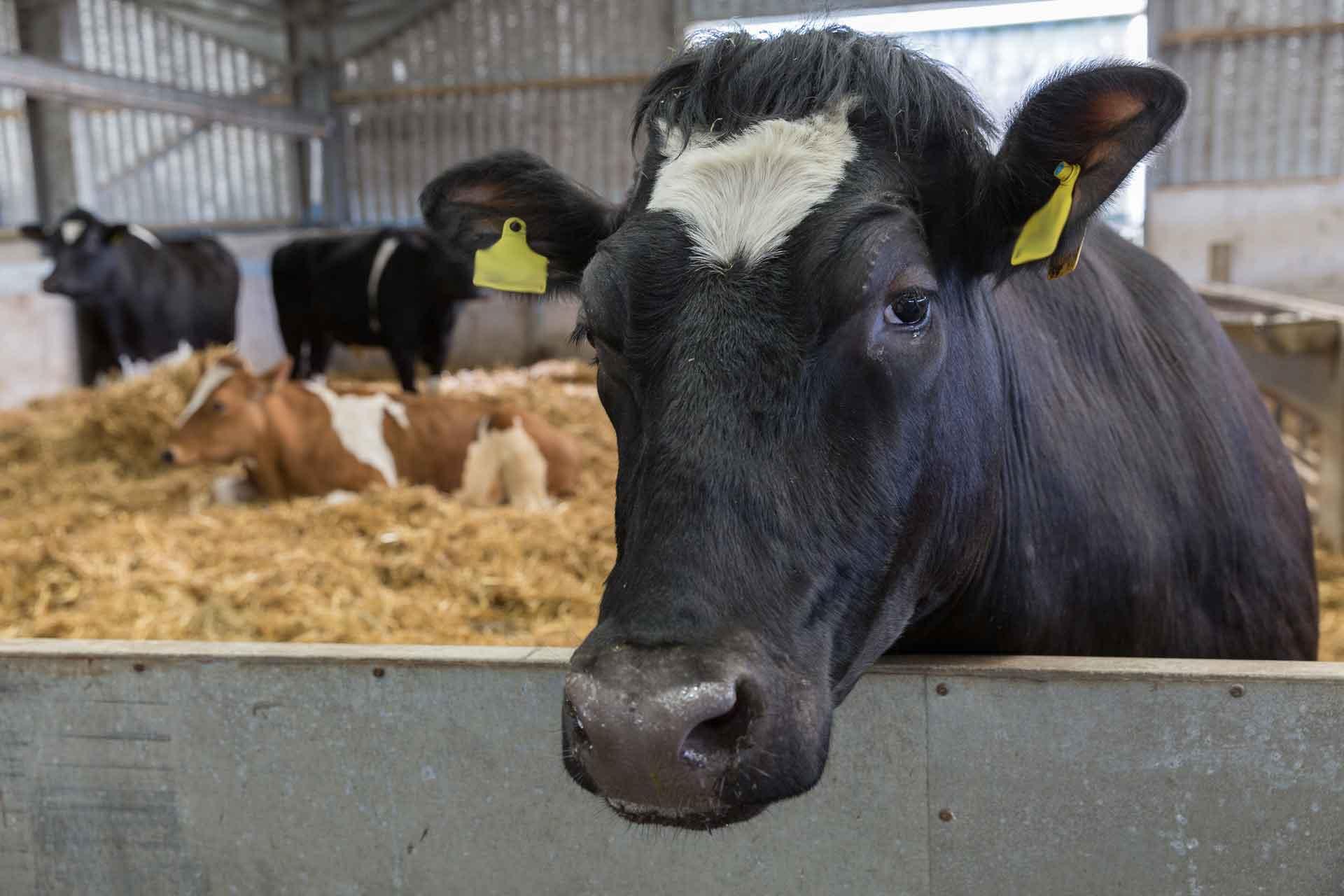Researchers at The Pirbright Institute and the USDA Animal and Plant Health Inspection Service (APHIS) Foreign Animal Disease Diagnostic Laboratory on Plum Island USA, have shown it could be possible to detect foot-and-mouth disease virus (FMDV) in pooled milk samples stored in bulk tanks. These encouraging results indicate that milk testing could contribute to disease surveillance both during and after outbreaks.
Foot-and-mouth disease (FMD) has a huge economic impact, costing an estimated US $11 billion globally each year in direct losses and vaccination costs. Outbreaks in countries that are usually free from FMD can have devastating consequences, such as the UK 2001 outbreak which resulted in the slaughter of six million animals and losses of over £8 billion.
Control of FMD is heavily reliant on the rapid and accurate detection of the virus, but current tests normally use tissue or blood samples, the collection of which needs to be carried out for each individual animal, can be invasive and require the expertise of a veterinarian or an animal health professional.
The method used by the team, described in Veterinary Microbiology, is potentially sensitive enough to detect an infected cow in a typical sized herd of 100-1000 individuals through the sampling of bulk milk storage. The test is able to generate a result in about four hours, and can detect the virus genetic material in milk up to 28 days after the animal becomes infected, which is far longer than the ten days afforded by traditional surveillance samples such as serum.
Bryony Armson, first author of the research at Pirbright, said: “Milk is already used as a surveillance tool for a number of diseases, such as bovine viral diarrhoea and brucellosis, so it makes sense to investigate this approach for the detection of FMDV. We were able to detect virus in milk from FMD infected cows during a real outbreak, highlighting the potential for milk to be used as a surveillance sample.”
Milk testing could be particularly useful for disease surveillance in dairy herds, as collection of milk is far less invasive and can be carried out daily if needed. Sampling from bulk storage tanks also removes the need to test each animal individually and also does not require a veterinarian to be called out for sampling, thereby reducing the cost of testing as well as preventing animals from becoming stressed.
